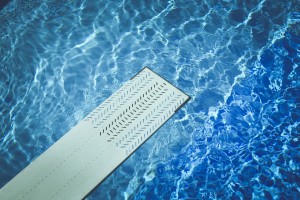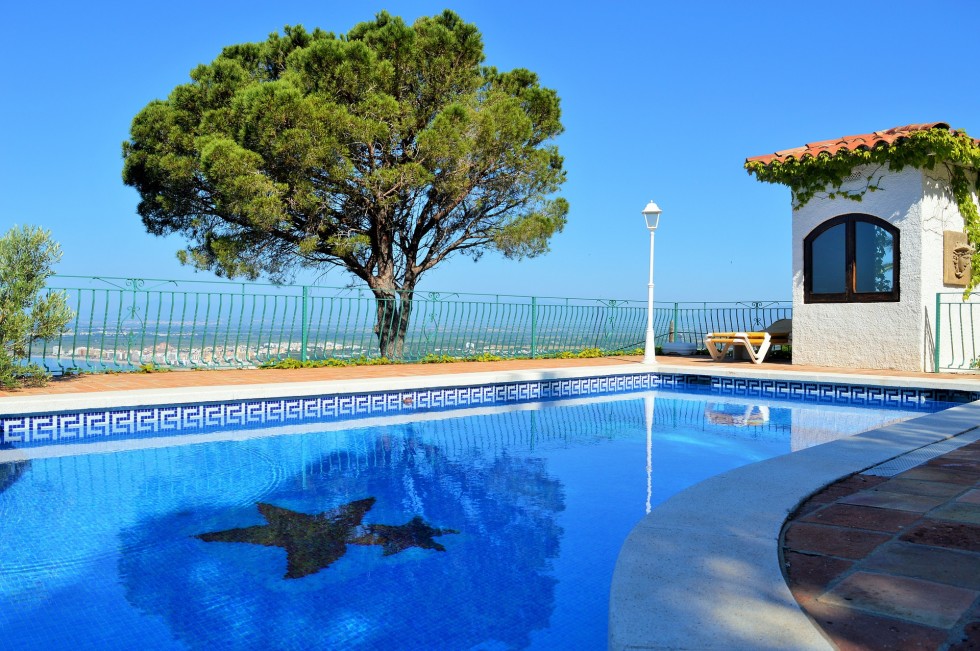We are now just a couple of weeks away from another winter with its cold winds, snow, and ice. It’s high time to think of closing the swimming pool properly. Although hiring professionals to perform certain operations is wise, these recommendations will help you prepare the pool for the winter rest without external help within just a few hours.
1. Dismantle some objects prior to closing the swimming pool
Dismantle various accessories such as diving boards. Clean those objects and put them away somewhere till spring.

2. Ensure the right balance of chemicals
A balanced concentration of chemical substances prevents scale buildup in the filter system when the weather is cold. Check what your water contains properly. One way to do that is to turn to your local chemical laboratory. Another option is test strips. The alkalinity is supposed to be within 100 ppm-150 ppm range, the pH must be within 7.4-7.6 range, and the level of chlorine must be not lower than 1 and not higher than 3 parts per million.

3. Clean your pool properly
Remove leaves, twigs, or any other objects, clean the walls with a brush. There must be no dirt or sand on the pool floor.
4. Add winterizing chemical substances
First, put metal, stain, and scale control chemicals into the pool. By doing that, you avoid the dangerous buildup of heavy deposits of calcium in the system of filtering. We also suggest adding algaecide. Then, no algae will form on the walls.

5. Clean and backwash the filter and pump
The filter system backwashing must be performed first. Next, clean the skimmer basket from any debris. Bring the water level down to six inches lower in relation to the skimmer.
6. Blow out the lines
First, join the pump with the air compressor. Then, begin pumping the air into the pipes. When you do that, bubbles start coming from the openings. Fill the hole in the lower part of each skimmer through which the air is blowing with a rubber plug or a gizmo.
Next, block the opening of each return line with rubber plugs. Finally, blow out the main drain. There is no need to plug it up, though. Now you can switch off the air compressor.
Not sure that you have blown out your lines properly? Pour some antifreeze into the pipes. That will protect your pipes from cracking when the temperature is below zero. You should never use automotive anti-freeze though.

7. Cover the pool
Look for any defects in an ordinary cover. If you have found a tear, duck tape will set that right. A safety cover must be kept in place with water tubes, which inflict no damage when they accidentally drop into the water. Leave 15 percent in each water tube empty as it will expand under cold conditions. The tubes must have no leaks.
Closing the swimming pool is a straightforward process. Remember, though, that some mistakes (like improper blowing out of the pipes) may cost your dearly. That is why we recommend hiring experts at pool maintenance to perform part or all of the operations required for the preparation of the pool for the cold period.





